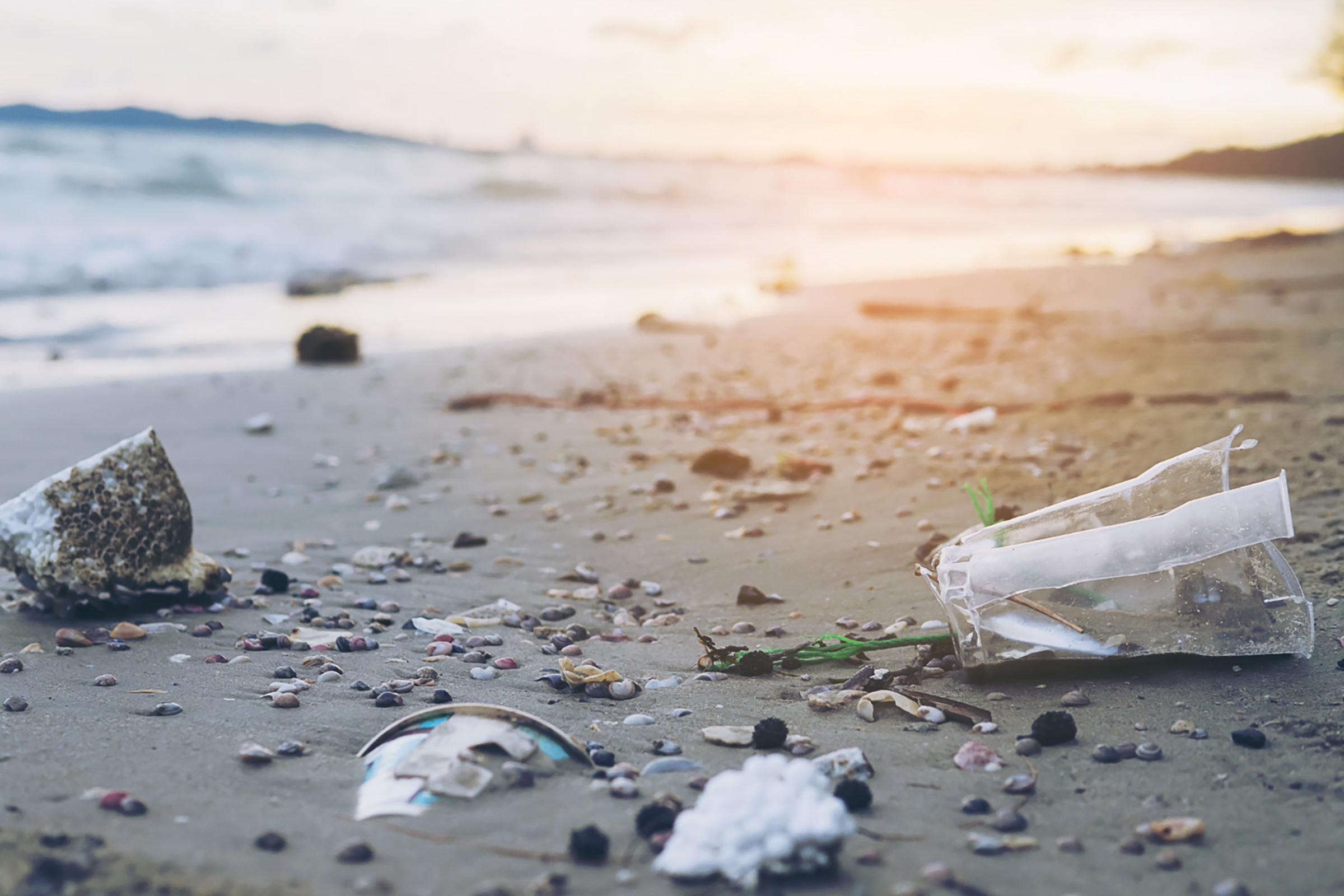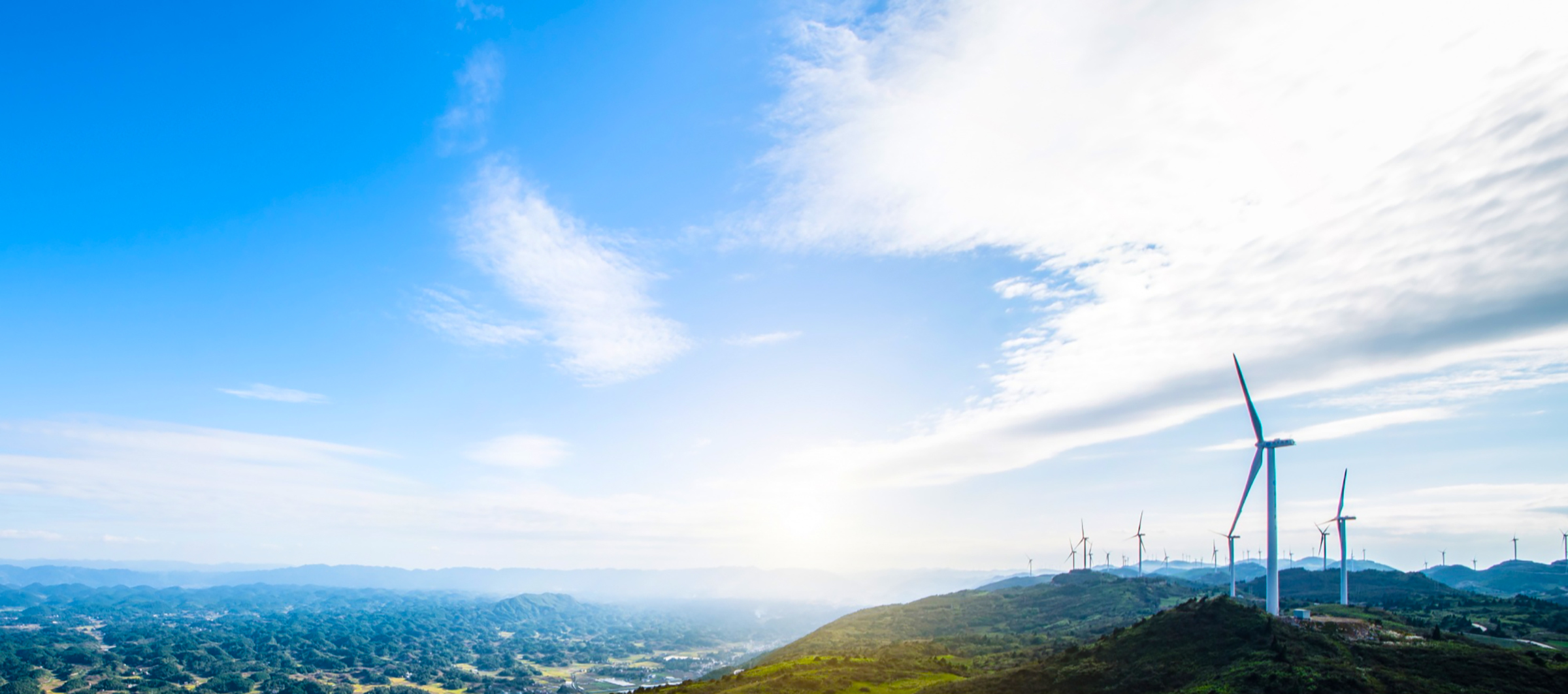The challenges of design in a more environmentally conscious world
Collectively, more and more of us across the world are adopting and embracing environmentally-led thinking - which has triggered a need for new ‘eco-conscious’ design that considers environmental impact from the outset.
Dr. Katie Beverley, Senior Research Officer at PDR, focuses much of her work on how and why we should use design to be more sustainable or ‘eco’ at the very earliest opportunity. In her latest interview, we sit down to discuss the challenges behind doing exactly that.
“One of the challenges for ‘eco design’ has historically been that our environmental impact has been quite distant - when you can export production for example, you don’t necessarily see the negative results from it. What we’re now realising as a society much more is that the things we do today that carry an environmental burden are likely to have a catastrophic effect in the future,” Katie begins.
From BBC’s Blue Planet opening conversations on plastic pollution in the ocean, to the IPCC reports which make for sober reading on the rise in global temperatures, ongoing news headlines have made the general public a lot more critical about environmental issues and how they use or source products and services.
“This is why we’ve seen an emergence of concepts like zero waste shops, libraries of things, repair cafes, and people questioning the environmental impact of products and services. And more people are understanding the concept of greenwashing [the act of sharing misleading information about a product’s eco credentials]. We’re beginning to engage with designed ‘things’ in different ways.”
What we’re now realising as a society much more is that the things we do today that carry an environmental burden are likely to have a catastrophic effect in the future.
Dr Katie Beverley | Senior Research Officer | PDR
So with a hunger for environmentally-focused products and services, surely using more ‘eco design’ is a simple solution - but what is that really? The name ‘eco design’ in itself can be contentious, with a complicated past.
“Historically, the Eco design Directive at a European level had a strong emphasis on energy reduction - so we still often conflate ‘eco design’ with reducing energy and not much else, and it doesn’t fully represent the variety of what we do,” Katie continues. “Traditionally, people focused on single issues like the recyclability of a product, or changing to using natural materials. There wasn’t a focus on the holistic life cycle approach where you look at the environmental impact at every stage of a product, from the conceptualisation right through to its disposal.”
Note the word ‘product’ - this is another limitation of the original concept of ‘eco design’, according to Katie. “The challenge now is that we don’t even think of designed artefacts just as products anymore - designers have moved away from just designing products in isolation, and now consider the whole system, be it a business model, a policy, a city, service or something else.”

Whatever the concept is termed, ultimately the easiest way to solve the conundrum is by making better environmental values intrinsic to any and every design; being so built into the design process almost negates the need for an official name.
Katie leaves no room for misinterpretation: “When a project comes in, there should be no discussion on whether it’s eco or not - the design process should naturally consider environment and society.”
But there are even more challenges that come with that process.
“Firstly, people will assume, often wrongly, that it’s more expensive - they’ll want to know the trade off between the economic benefit and the environmental benefit. Or there’s an assumption that we’re limited with materials and the levels of creativity we can use - but I don’t think that’s true either. The difficulty involved is another misconception, but making design more eco is fairly straightforward.
“It’s all about how and where you introduce environmental impacts - the closer to the beginning of the process, the more they become an enabler of innovation. That’s why the conceptual stage is the time to consider the environmental goals you may have, and use them to spark great ideas for solutions that are inherently more sustainable..”
When a project comes in, there should be no discussion on whether it’s eco or not - the design process should naturally consider environment and society.
Dr Katie Beverley | Senior Research Officer | PDR
At PDR, we strive to do exactly that.
“Recently we were involved in a project looking at reducing the impact of packaging - which is pretty classically what we might call an ecodesign project where we look for an opportunity to minimise the burden of that product’s life cycle, right from the very beginning. And when we consider systemic design for the environment, our work with Zero Waste Scotland, saw us develop a Design Action Plan for a Circular Economy, moving towards a production and consumption system that generates as little loss as possible and re-uses waste as a new resource.”
Whatever a project may be, what’s clear is, whilst we can make incremental changes to products that lower their individual environmental impact, the scale of change that is needed to tackle the climate crisis needs more radical solutions. “As designers, we need to work on radically changing the system,” Katie explains, “which requires us to think about what we do and the impact we have systemically. . We’re passionate about helping organisations build environmental impact into their activities from the outset and catalysing that change.”
Next steps
If you’d like to discuss a new project that incorporates environmentally-conscious design, please get in touch. Alternatively, read some of our latest news about circular economy and sustainable design.

